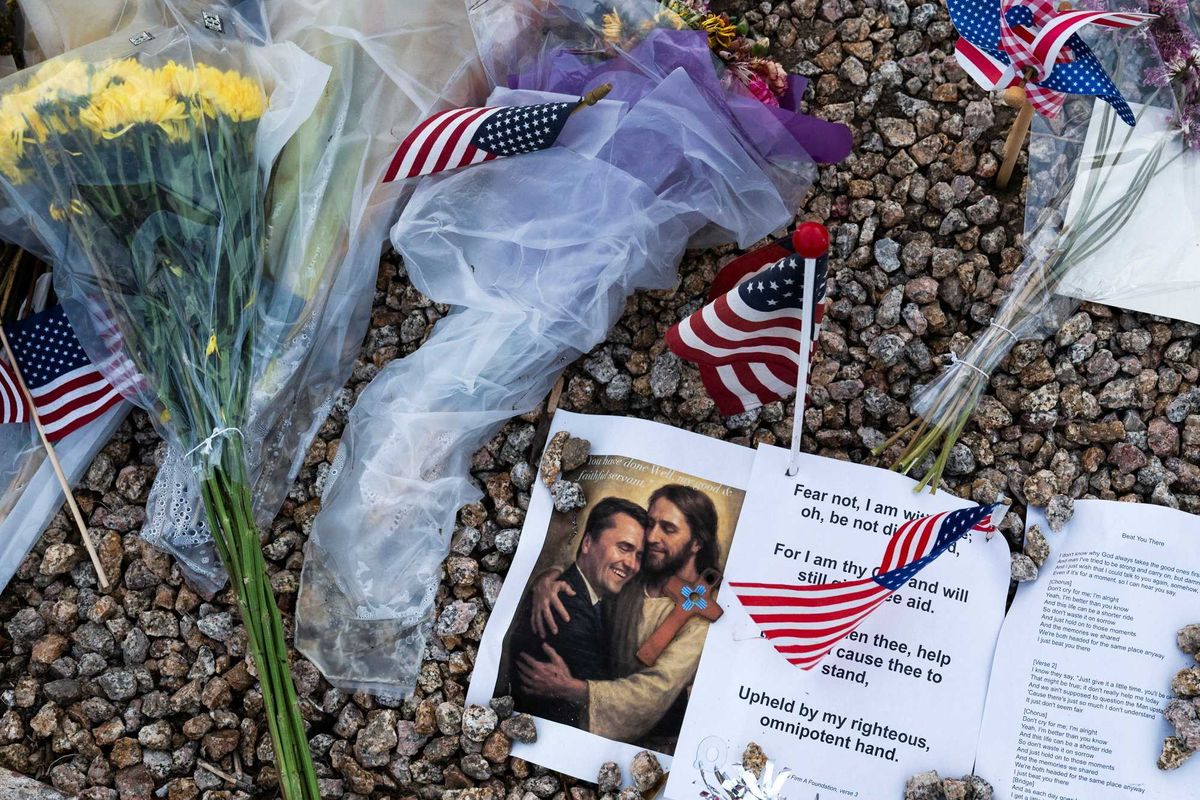Governor Kathy Hochul today signed new legislation as part of the FY26 Enacted Budget that will protect consumers across New York and fight back against scams or exploitative practices. From simplifying the process of canceling recurring online subscriptions to cracking down on overdraft fees that target low-income consumers, these new laws will help New Yorkers fight back against unfair corporate practices.
“This budget is all about affordability – lowering costs and helping New Yorkers with the rising cost of living,” Governor Hochul said. “But our tax cuts, credits and rebates won’t be much help if bad actors are able to scam or mislead New Yorkers. These new laws are about fairness, transparency, and accountability and will help consumers save money and spend it wisely.”
Easier Cancellation For Online Subscriptions
Subscription services are a part of daily life but canceling them is often needlessly complicated. The FY26 budget includes legislation requiring businesses to notify consumers of upcoming renewals and price changes as well as provide clear instructions on how to cancel subscriptions. Under this legislation, cancellation processes must be simple, transparent, and fair – ensuring that it is just as easy to cancel a subscription as it was to sign up.
Standardized Online Retail Returns and Refunds
Consumers are increasingly shopping online and navigating a sea of varying return windows, restocking fees, refund formats, shipping practices and more. New Yorkers, particularly during the holiday season, know how hard it is to juggle various return policies that affect when they can send back a gift or exchange clothing that didn’t fit.
With e-commerce sales rising and returns accounting for billions of dollars annually, New Yorkers deserve stronger consumer protections. The FY26 Budget includes legislation to require online retail sellers to post return and refund policies in a way that is easily accessible for consumers.
Oversight Over “Buy Now, Pay Later” Loans
“Buy Now, Pay Later” loans are increasingly popular but pose risks to consumers, including overextension, inconsistent credit reporting, data exploitation, and excessive fees. These concerns highlight the need for stronger oversight in this rapidly growing financial sector.
The FY26 Budget includes legislation to establish a licensing and supervision framework for Buy Now Pay Later providers. This legislation will introduce safeguards, such as disclosure requirements, dispute resolution standards, limits on all charges and fees, and data privacy protections to ensure consumers are better protected when using these financial products.
Shed Light on “Surveillance Pricing”
As consumers spend more of their time and money online, they’re also sharing more information like browsing behavior, location, and purchase history with the companies they interact with.Today’s technology means corporations are able to collect mountains of personal data, feed it into algorithms, and generate a price that’s individual to a consumer. This practice, which the FTC has dubbed surveillance pricing, means a company could be charging you and your neighbor different prices for the same product, based on your individual willingness to pay. This practice is opaque and strips consumers of their ability to comparison shop and plan for the price of goods and services.
The FY26 Budget includes first-in-the-nation legislation that requires businesses to disclose clearly to consumers when a price was set by an algorithm using their personal data, subject to certain exceptions.
Stronger Protections Against Unfair Overdraft Fees
Overdraft and non-sufficient funds fees disproportionately harm low- and moderate-income New Yorkers. In January 2025, Governor Hochul announced the Department of Financial Services proposed regulations to eliminate the most exploitative and deceptive banking fees, cap overdraft fees, strengthen customer communications, and establish stricter transaction processing requirements. These regulations will protect consumers and foster accessible and affordable banking services for all New Yorkers.


